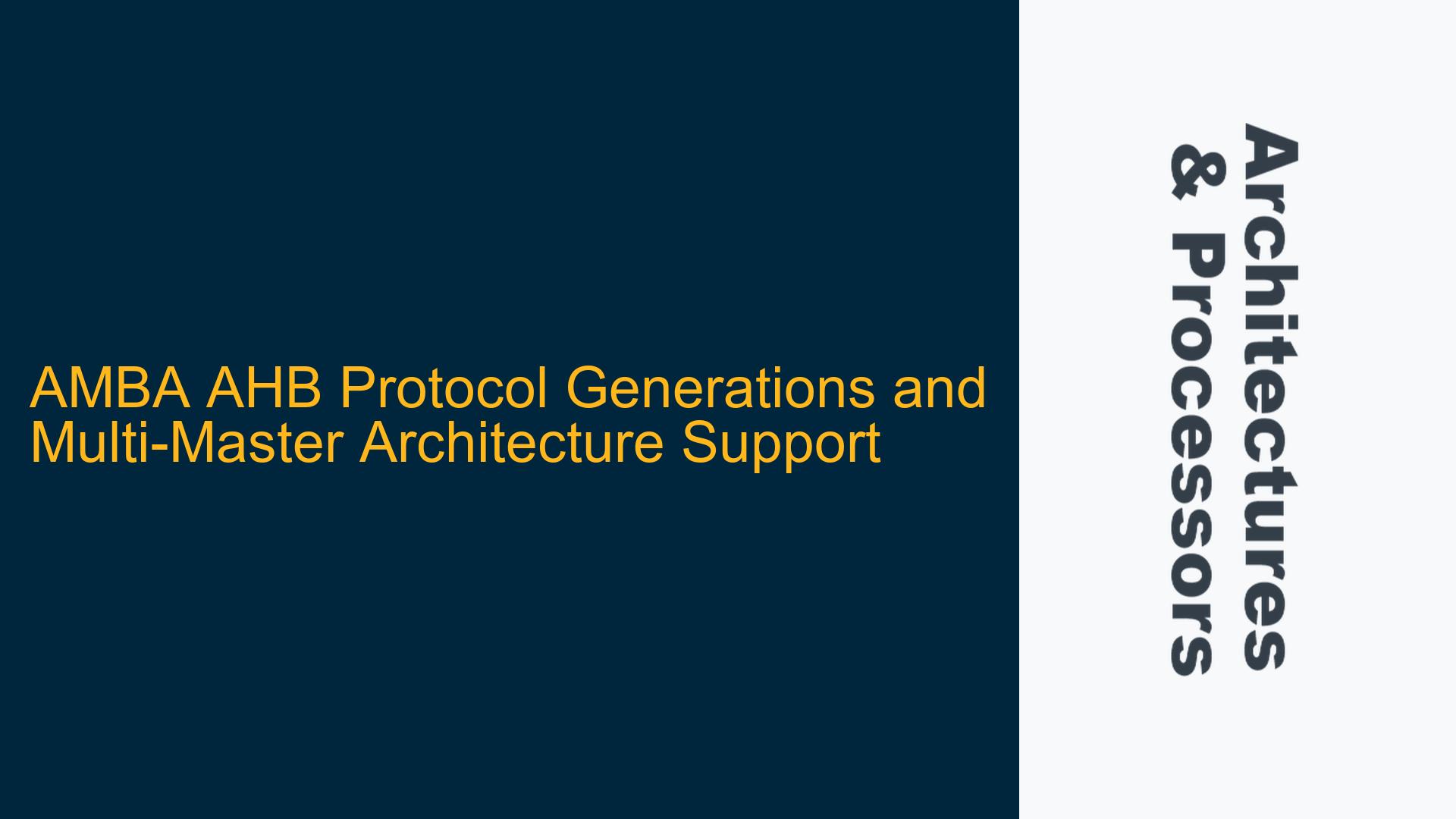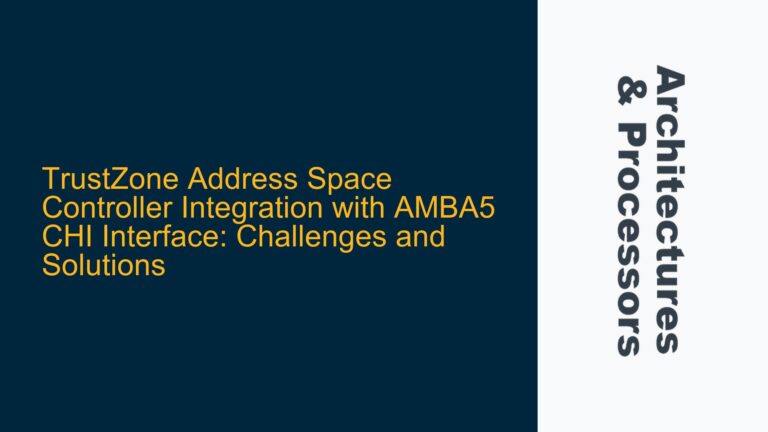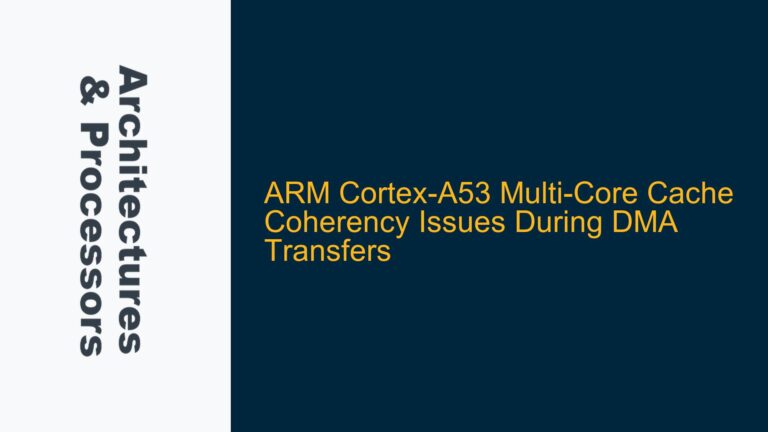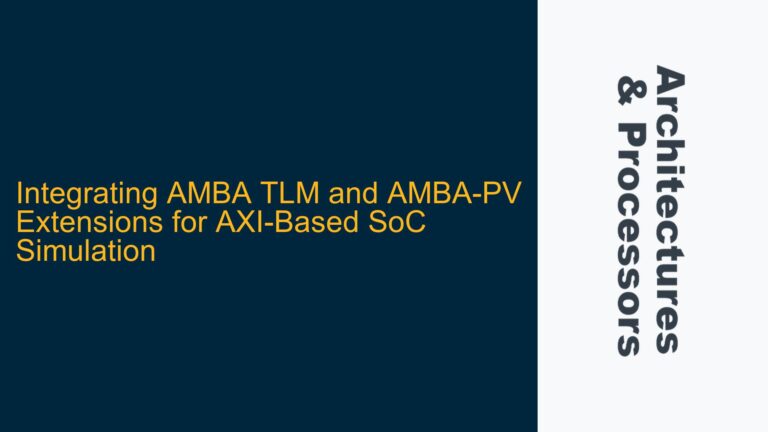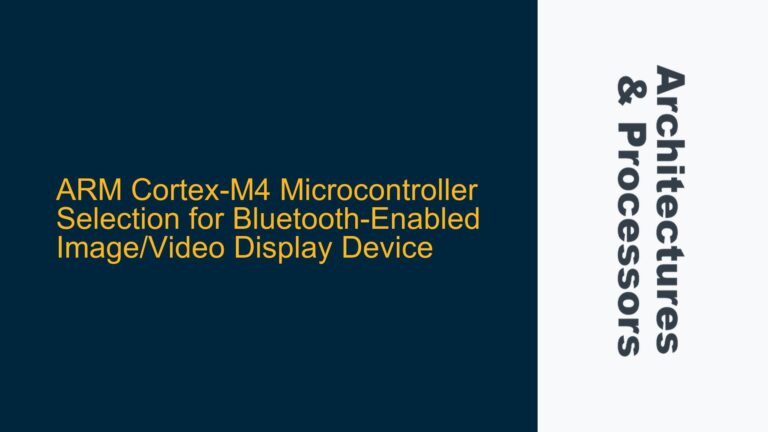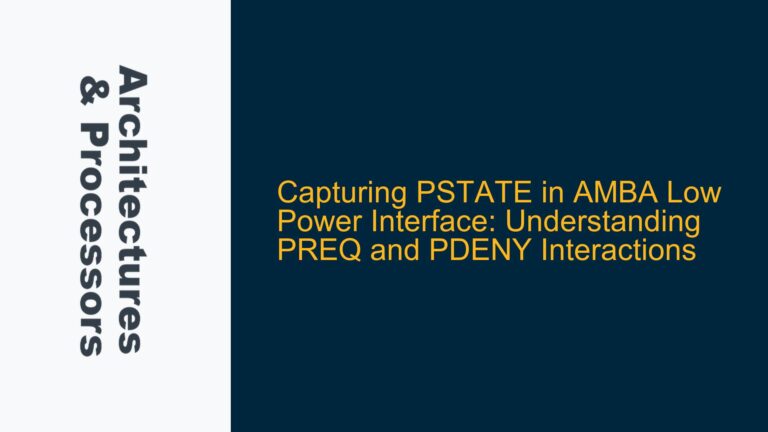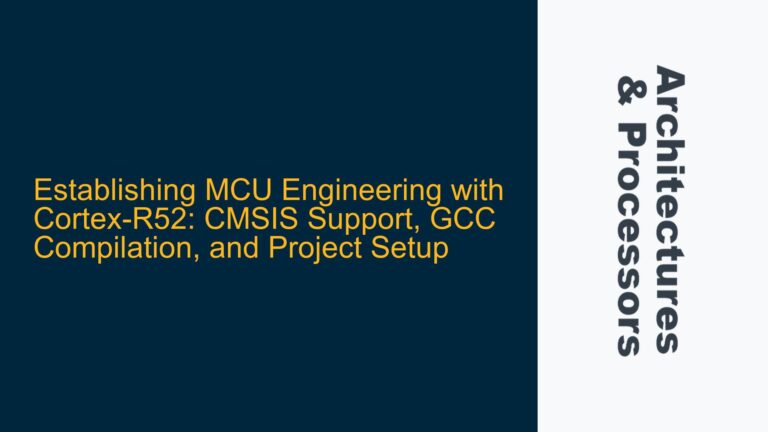Evolution of AMBA AHB Protocol Generations
The AMBA AHB (Advanced High-performance Bus) protocol has undergone significant evolution since its inception, with three major releases that have adapted to the changing requirements of system-on-chip (SoC) designs. Each generation of the AHB protocol has introduced new features, optimizations, and simplifications to address the growing complexity and performance demands of modern SoC architectures.
The first generation, AMBA 2 AHB, was introduced in 1999 and laid the foundation for high-performance bus architectures. It supported multiple masters on a single bus, enabling concurrent access to shared resources. This was achieved through arbitration signals such as HBUSREQ (Bus Request) and HGRANT (Bus Grant), which allowed masters to request and be granted access to the bus. Additionally, AMBA 2 AHB introduced SPLIT and RETRY responses from slaves, which were designed to prevent a stalled transfer from one master from blocking access to the bus for other masters. These features made AMBA 2 AHB suitable for systems with multiple masters competing for shared resources, but they also introduced complexity in arbitration and bus management.
The second generation, AMBA 3 AHB-lite, was introduced in 2006 as a simplified version of the original AHB protocol. AHB-lite removed support for multiple masters on a single bus, eliminating the need for arbitration signals and SPLIT/RETRY responses. This simplification was aimed at reducing the complexity of the bus architecture while maintaining high performance. AHB-lite was designed for use in multi-layer BusMatrix systems, where each master is connected to its own "layer" of the bus, and a BusMatrix interconnect facilitates access to shared slaves. This architecture allowed for parallel processing and improved system performance compared to a single shared AHB bus. By removing multi-master support, AHB-lite reduced the overhead associated with arbitration and simplified the design of the bus interface.
The third and most recent generation, AMBA 5 AHB, was released in 2015 and introduced several advanced features inspired by the AXI (Advanced eXtensible Interface) protocol. AMBA 5 AHB builds on the foundation of AHB-lite but adds support for exclusive accesses, better-defined memory type signaling, security signaling, user signals, and byte-invariant endian transfers. These features make AMBA 5 AHB more versatile and suitable for modern SoC designs that require enhanced security, flexibility, and performance. However, like AHB-lite, AMBA 5 AHB does not support multiple masters on a single bus. Instead, it is designed to work with multi-layer interconnects or BusMatrix structures, where each master is connected to its own layer, and arbitration is handled within the interconnect.
Multi-Master Architecture in AMBA 5 AHB and BusMatrix Interconnects
A common point of confusion regarding AMBA 5 AHB is its support for multi-master architectures. While it is true that a single AHB5 bus supports only one master, this does not mean that AMBA 5 AHB is limited to single-master systems. In fact, AMBA 5 AHB is often used in systems with multiple masters by employing a multi-layer interconnect or BusMatrix structure.
In a multi-layer BusMatrix system, each master is connected to its own AHB5 layer, and the BusMatrix interconnect facilitates access to shared slaves. This architecture allows multiple masters to operate concurrently, with each master having its own dedicated bus layer. When two or more masters request access to the same slave simultaneously, the BusMatrix includes arbitration logic to determine which master is granted access. This approach combines the simplicity of single-master AHB5 buses with the flexibility and performance of a multi-master system.
The arbitration logic within the BusMatrix is responsible for managing conflicts between masters and ensuring fair access to shared resources. Unlike the arbitration signals in AMBA 2 AHB, which were part of the bus protocol itself, the arbitration in a BusMatrix is internal to the interconnect and does not require additional signals on the AHB5 bus. This simplifies the design of the bus interface while maintaining the ability to support multiple masters.
It is important to note that the absence of the HSPLIT signal in AMBA 5 AHB is a direct consequence of its single-master-per-bus architecture. The HSPLIT signal, which was used in AMBA 2 AHB to indicate when a master could be re-granted access to the bus, is no longer necessary in AMBA 5 AHB because each master has its own dedicated bus layer. Instead, the BusMatrix handles the re-granting of access to shared slaves through its internal arbitration logic.
Design Considerations for AMBA 5 AHB and BusMatrix Systems
When designing an SoC using AMBA 5 AHB and a BusMatrix interconnect, several key considerations must be taken into account to ensure optimal performance and functionality.
First, the number of layers in the BusMatrix must be carefully chosen to match the number of masters in the system. Each master requires its own AHB5 layer, and the BusMatrix must be configured to support the required number of layers. Additionally, the arbitration logic within the BusMatrix must be designed to handle the expected traffic patterns and prioritize access to shared slaves appropriately.
Second, the performance of the BusMatrix interconnect must be evaluated to ensure that it can handle the bandwidth requirements of the system. The interconnect should be designed to minimize latency and maximize throughput, particularly for high-priority masters and frequently accessed slaves. This may involve optimizing the arbitration algorithm, increasing the number of interconnect layers, or using advanced techniques such as pipelining and out-of-order transaction handling.
Third, the security features of AMBA 5 AHB, such as the support for secure and non-secure transactions, must be integrated into the BusMatrix design. The interconnect should be capable of routing transactions based on their security attributes and enforcing access control policies to prevent unauthorized access to secure resources.
Finally, the system must be thoroughly verified to ensure that the BusMatrix and AHB5 buses operate correctly under all expected conditions. This includes testing for corner cases such as simultaneous access requests from multiple masters, high traffic loads, and error conditions. Verification should also cover the interaction between the BusMatrix and other components of the SoC, such as memory controllers, peripherals, and DMA engines.
In conclusion, while AMBA 5 AHB does not support multiple masters on a single bus, it is well-suited for multi-master systems when used in conjunction with a BusMatrix interconnect. By carefully designing the BusMatrix and considering the performance, security, and verification requirements of the system, designers can leverage the simplicity and flexibility of AMBA 5 AHB to build high-performance, scalable SoCs.
